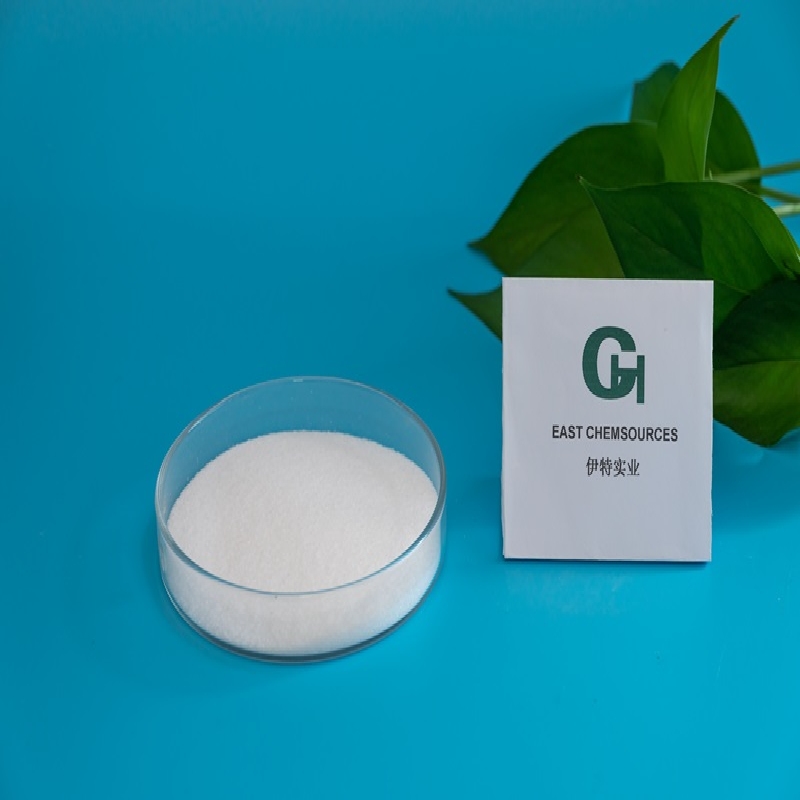-
Categories
-
Pharmaceutical Intermediates
-
Active Pharmaceutical Ingredients
-
Food Additives
- Industrial Coatings
- Agrochemicals
- Dyes and Pigments
- Surfactant
- Flavors and Fragrances
- Chemical Reagents
- Catalyst and Auxiliary
- Natural Products
- Inorganic Chemistry
-
Organic Chemistry
-
Biochemical Engineering
- Analytical Chemistry
- Cosmetic Ingredient
-
Pharmaceutical Intermediates
Promotion
ECHEMI Mall
Wholesale
Weekly Price
Exhibition
News
-
Trade Service
The study, which aims to explore the potential effects of chronic atrophy gastritis on chronic periodontitis and further explore its possible mechanisms, was published online in Histopathol.
researchers collected local periodont tissue from 30 CAG patients and 35 controlled adults without CAG (non-CAG).
clinical periodontological parameters were recorded and the expression levels of different CD4-Th-specific cytokines at local periodontitis lesions were assessed by real-time PCR (RT-PCR).
H.pylori tests for gastric and periodontitis lesions in CAG and non-CAG patients.
clinical parameter analysis showed that the degree of clinical attachment loss of periodontitis lesions in the CAG group was significantly higher than that in the non-CAG group.
, it was found that the infection rate of Helicobacter pyridobacteria in the CAG group was higher than that in the non-CAG group.
further cytokine analysis showed an increase in levels of Th17-related cytokines IL-17, IL-21 and IL-23 in periodontological lesions in CAG patients compared to non-CAG patients.
but there was no significant increase in levels of CAG group Th1, Th2, Th9, and Treg cell-specific cytokines compared to non-CAG groups.
, CAG patients showed a significant increase in attachment levels in periodontitis lesions, while elevated levels of Th17 cytokines IL-17, IL-21 and IL-23 were involved in the immunopathy mechanisms of both diseases.
.







